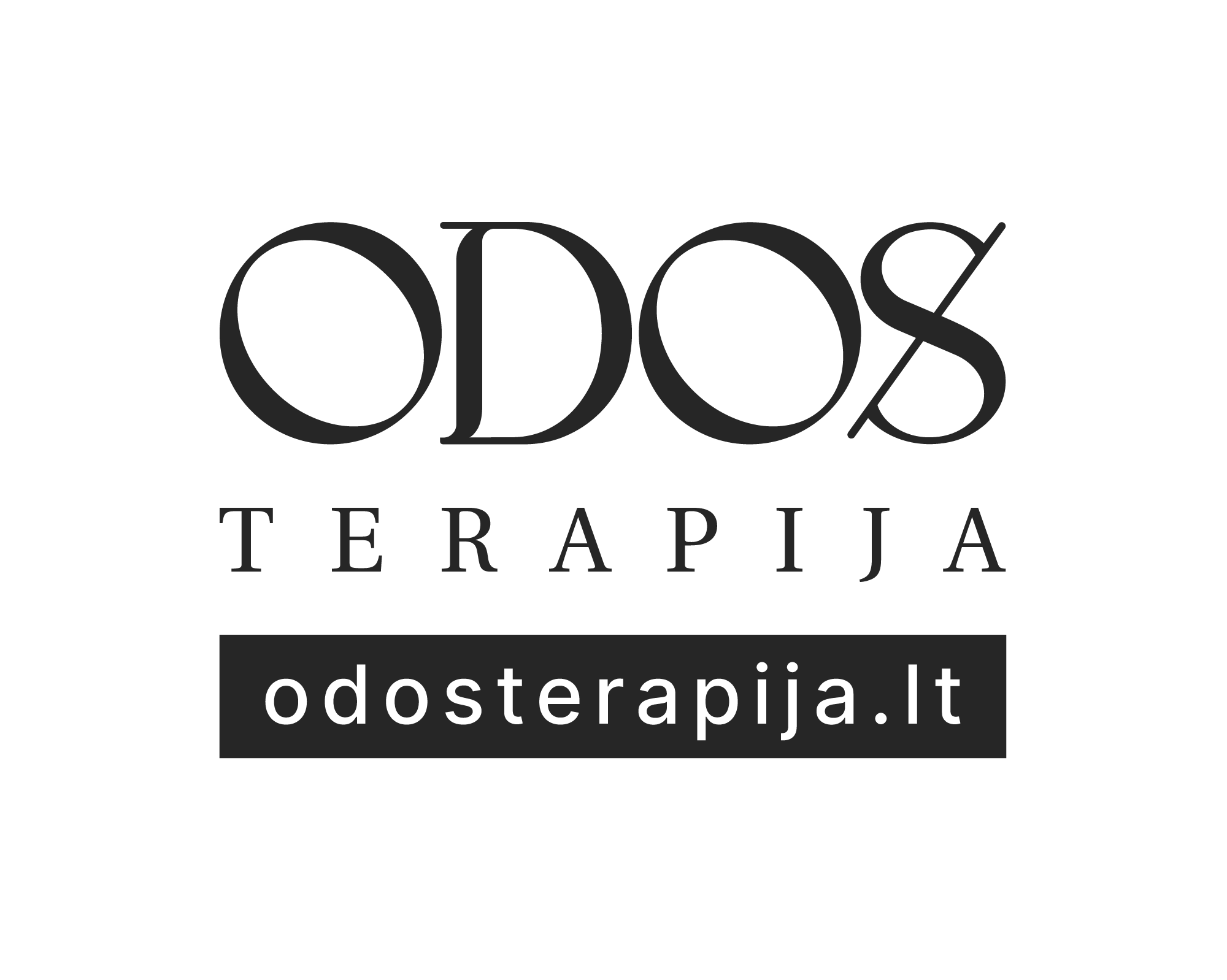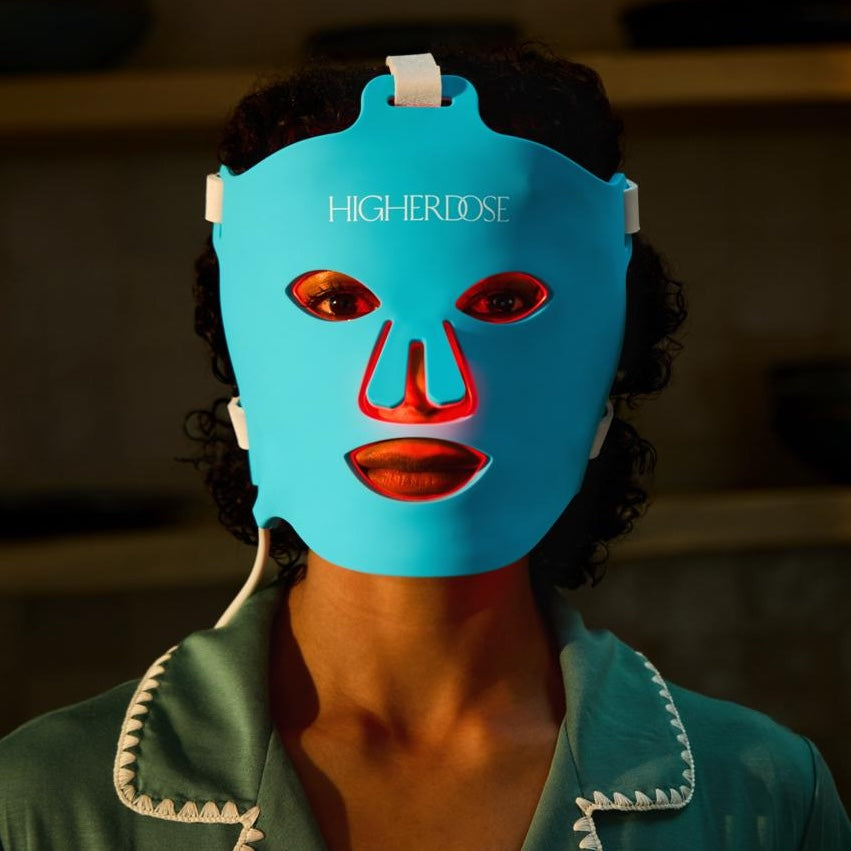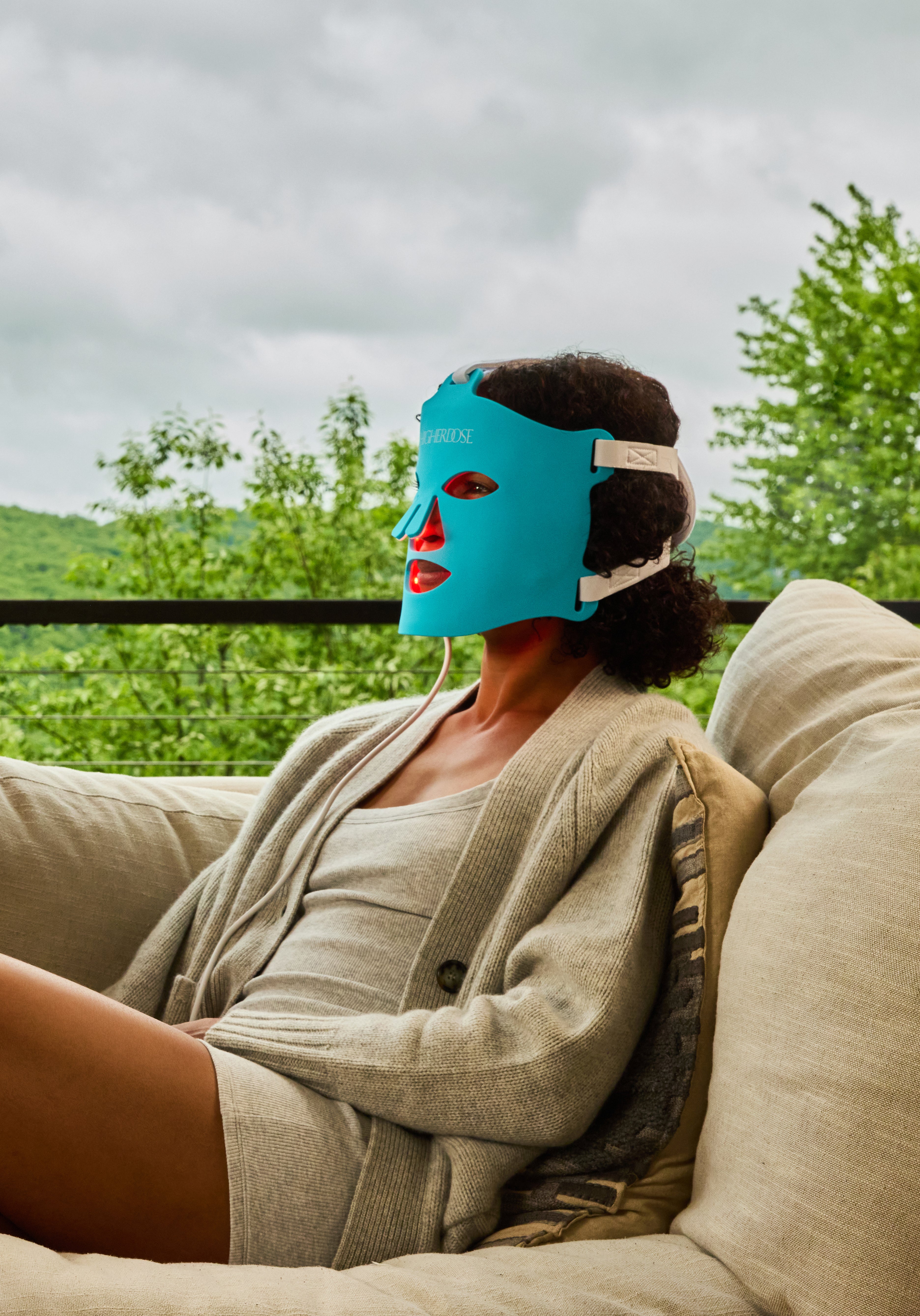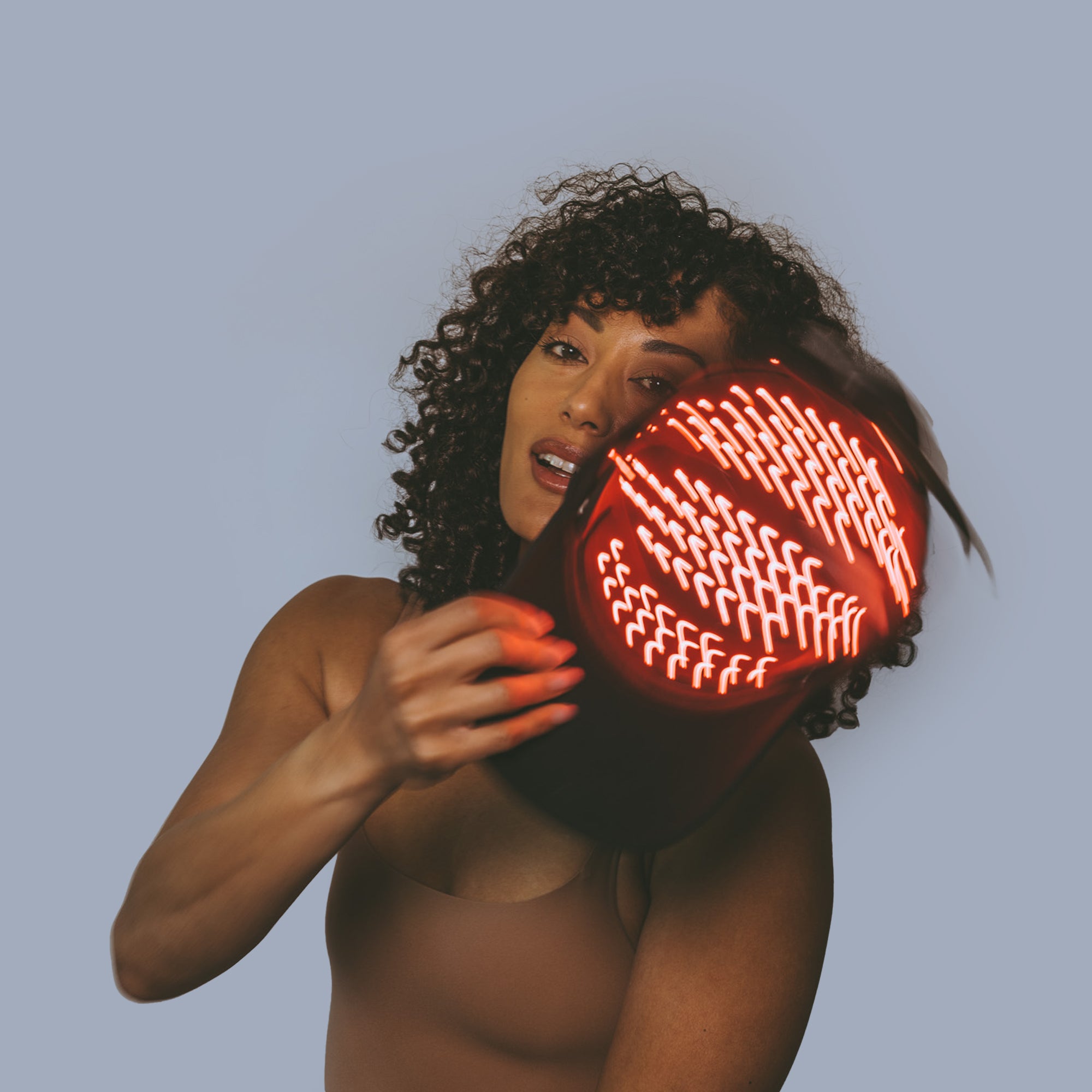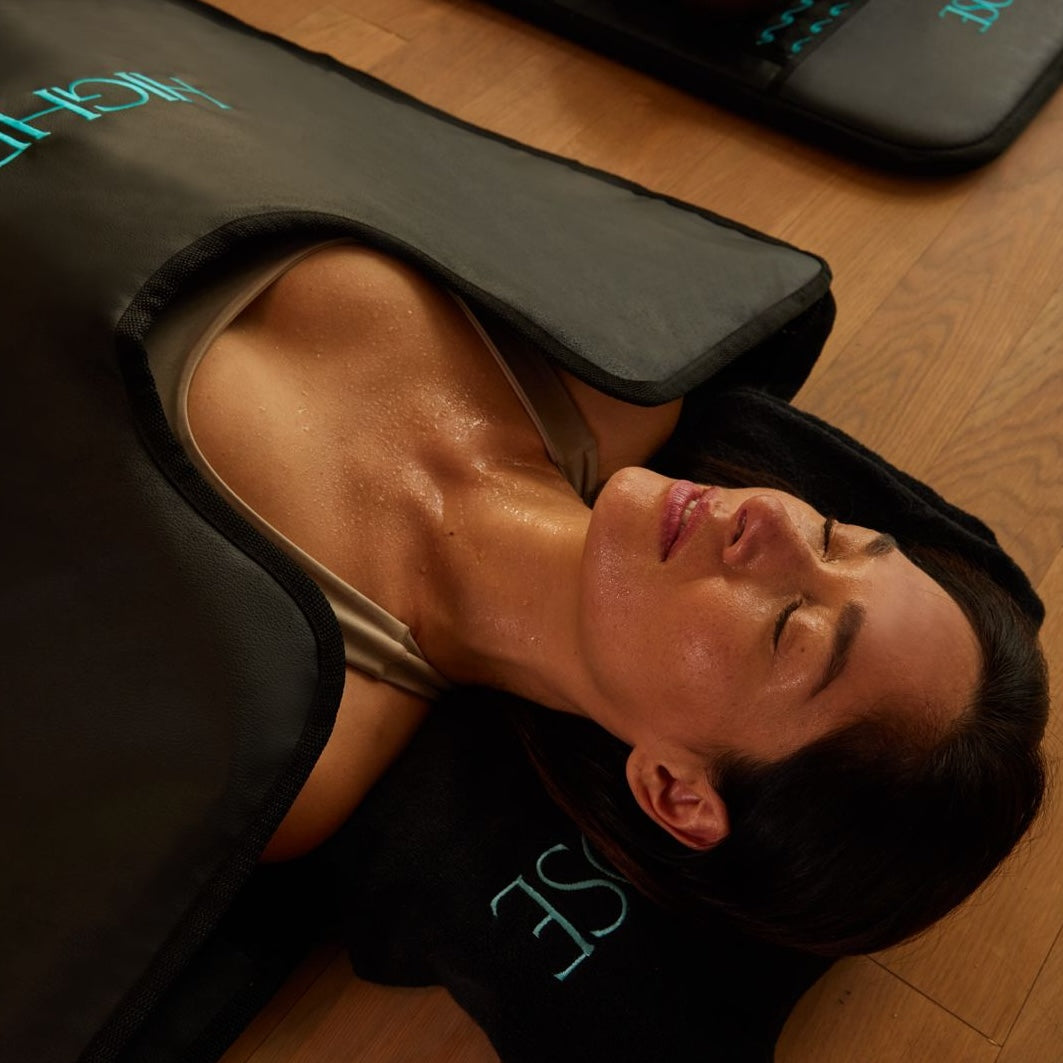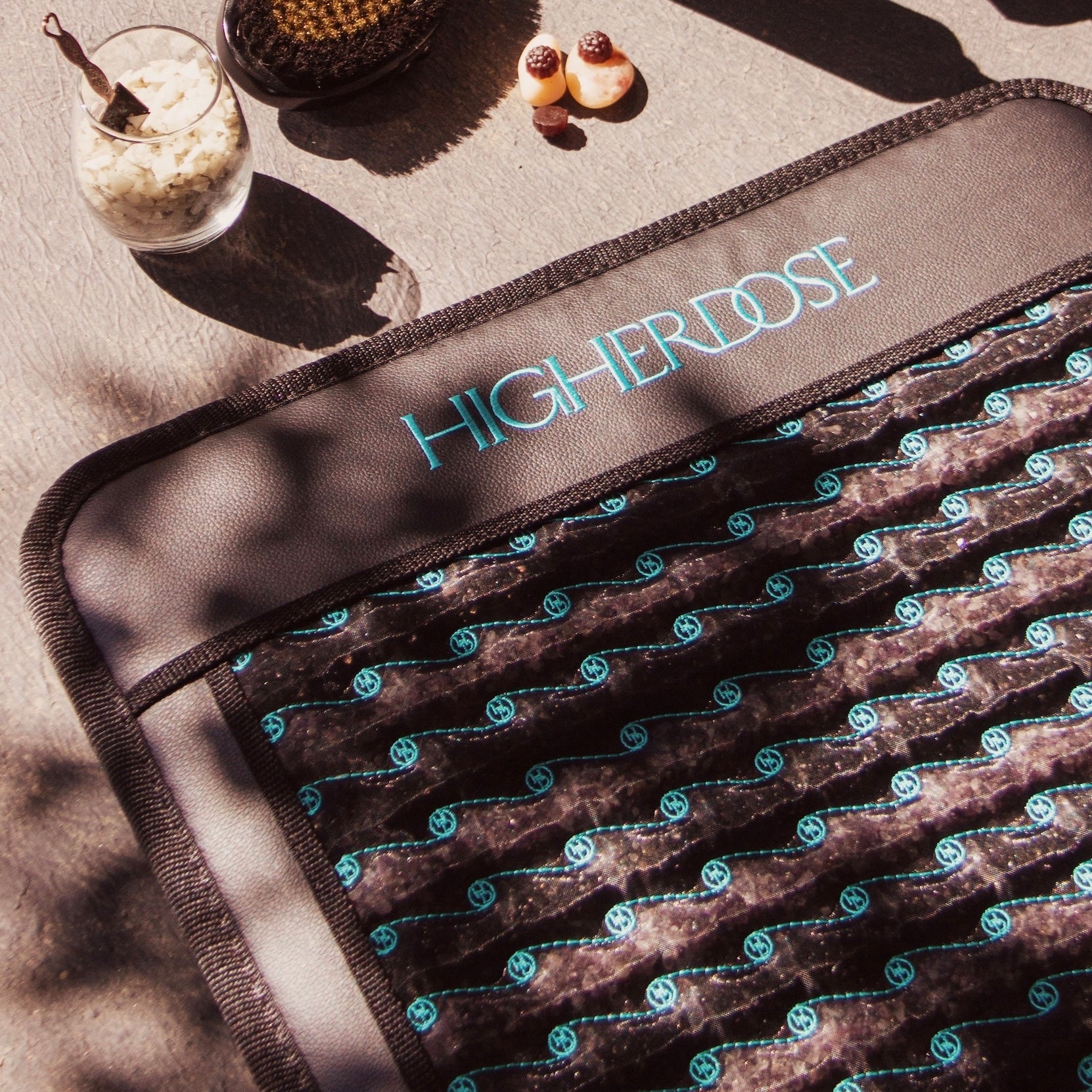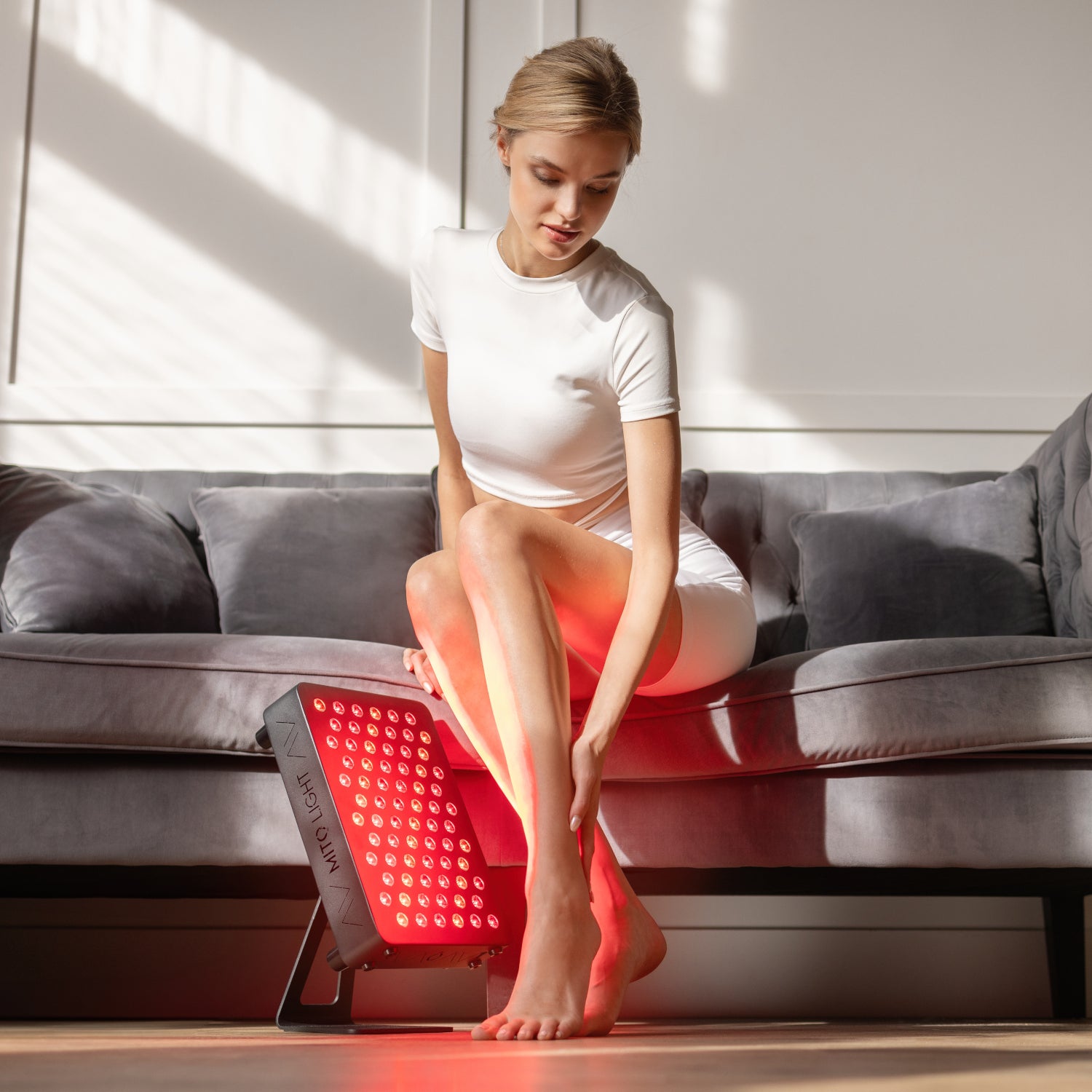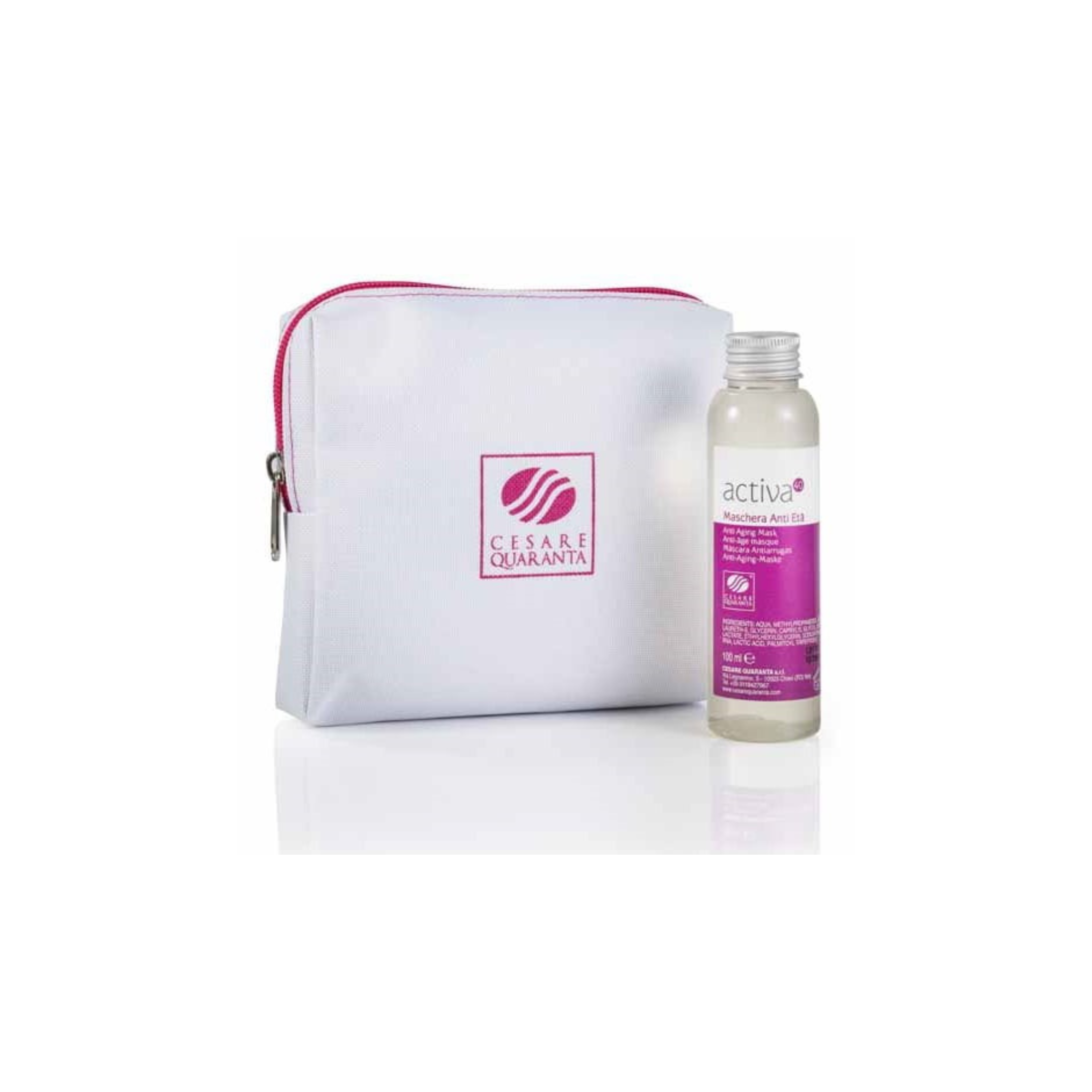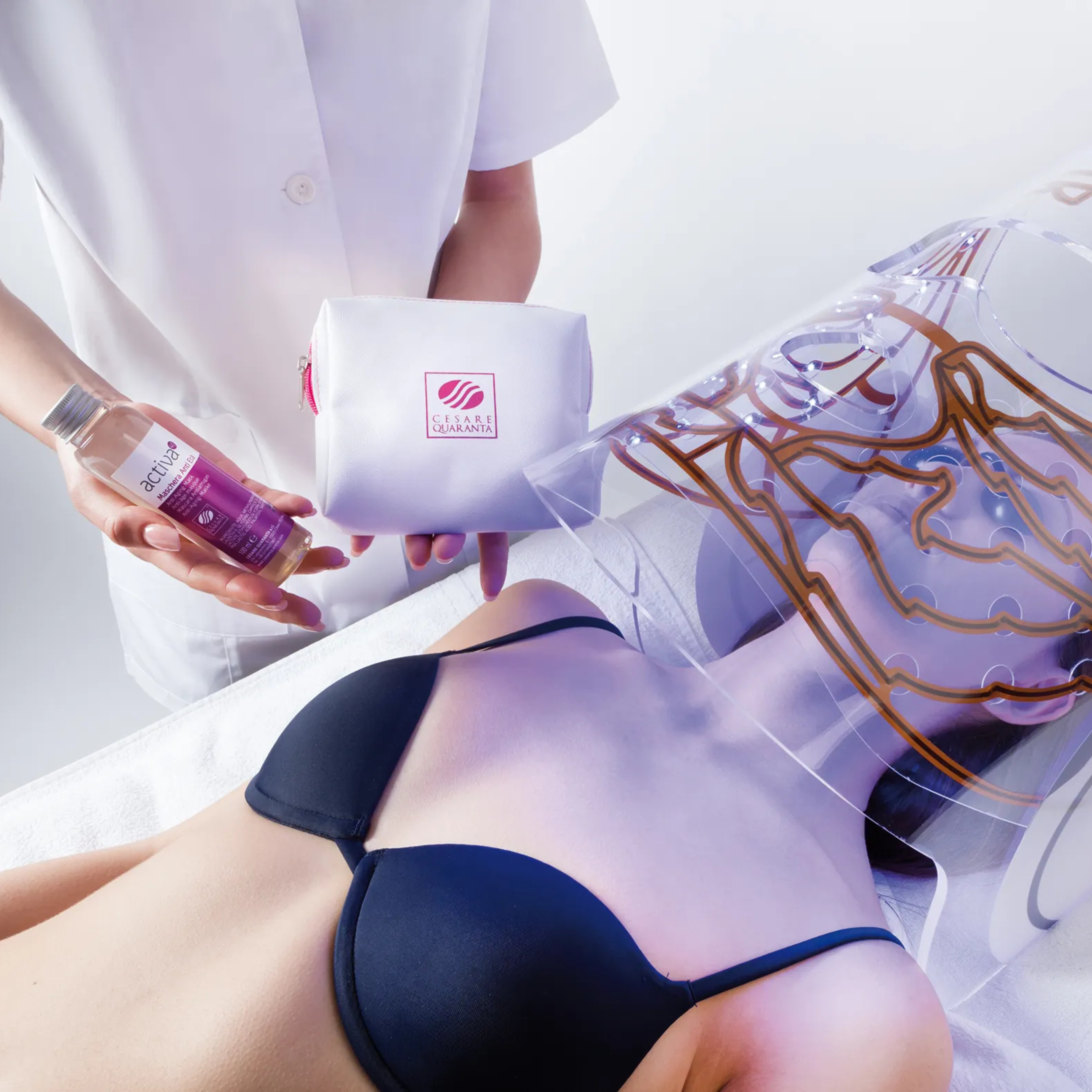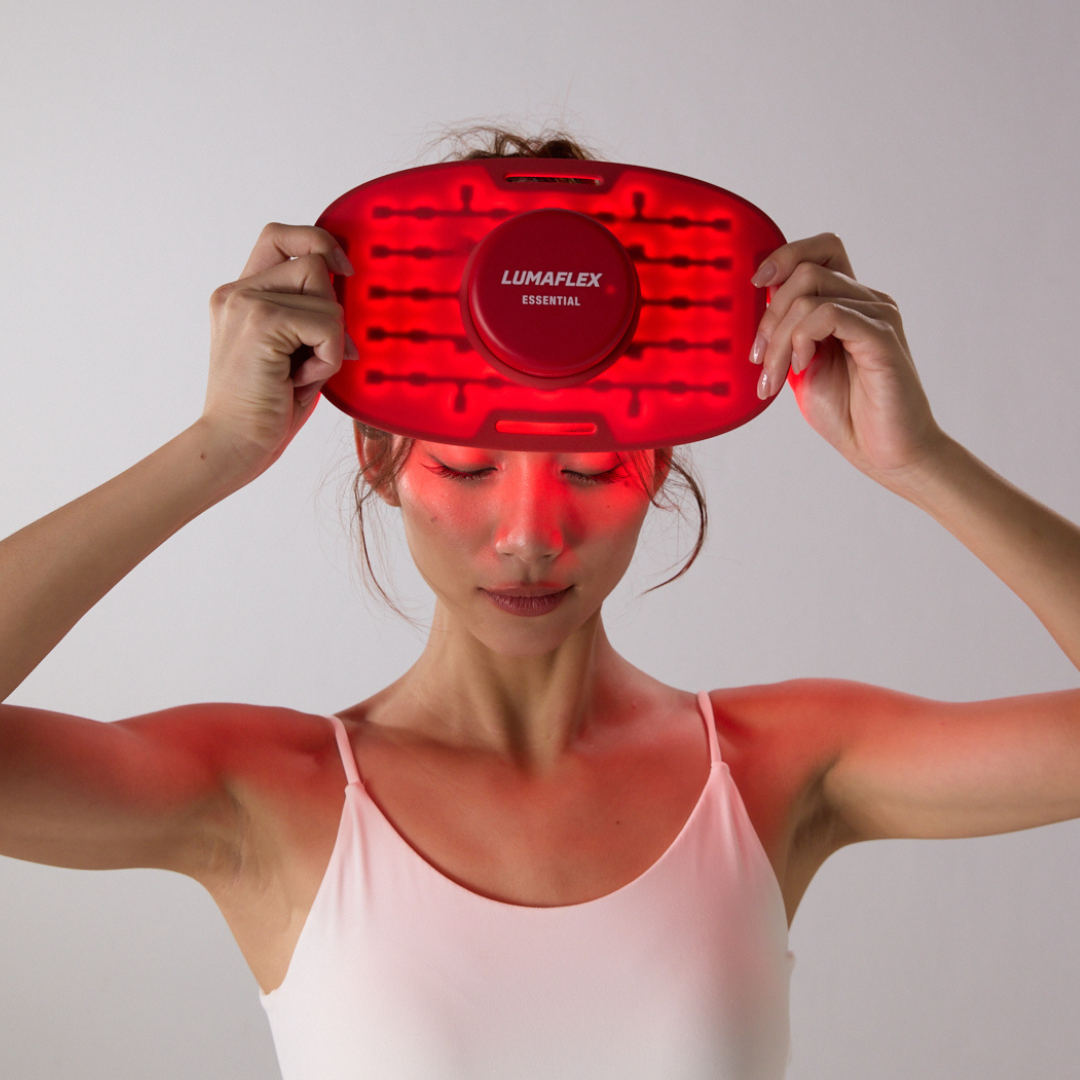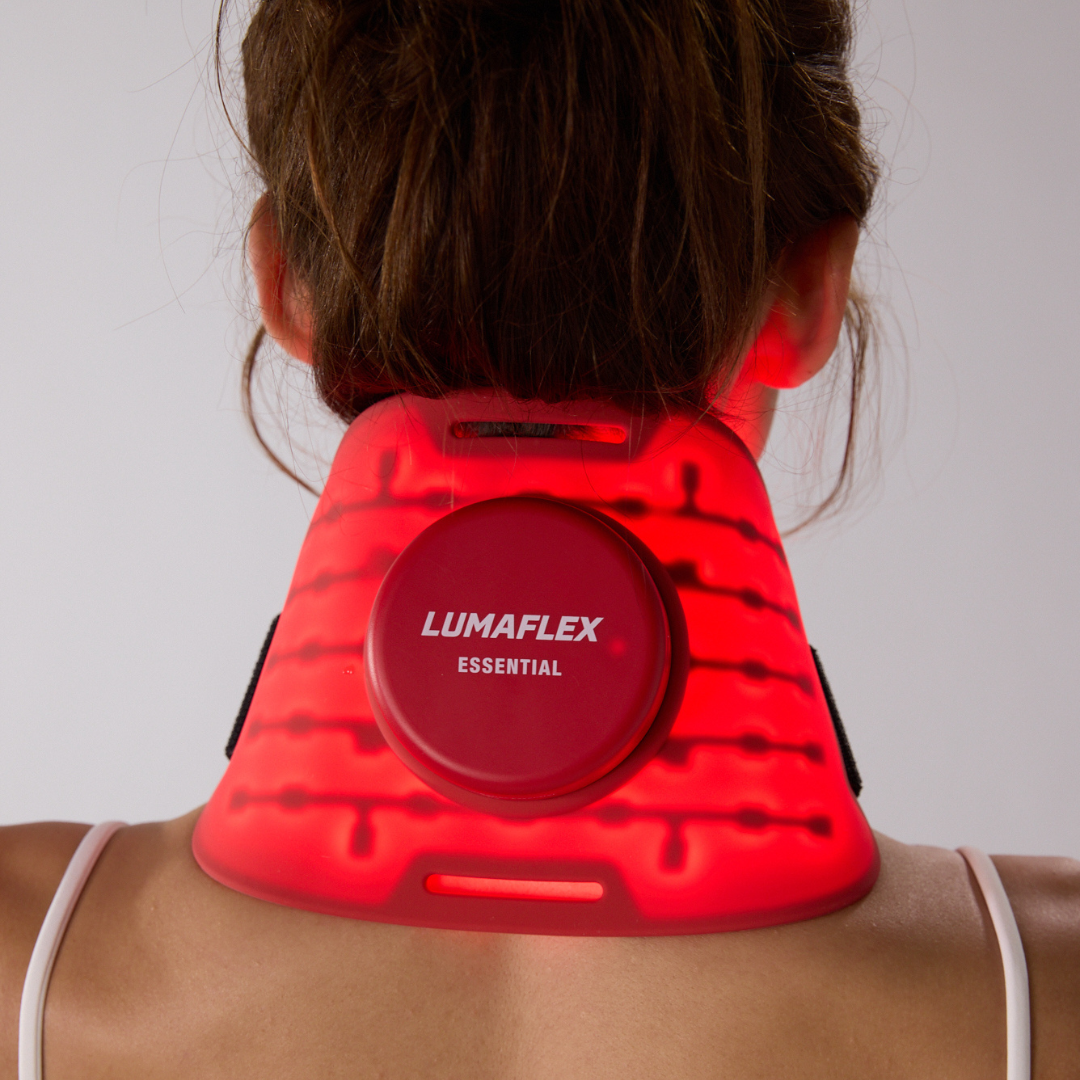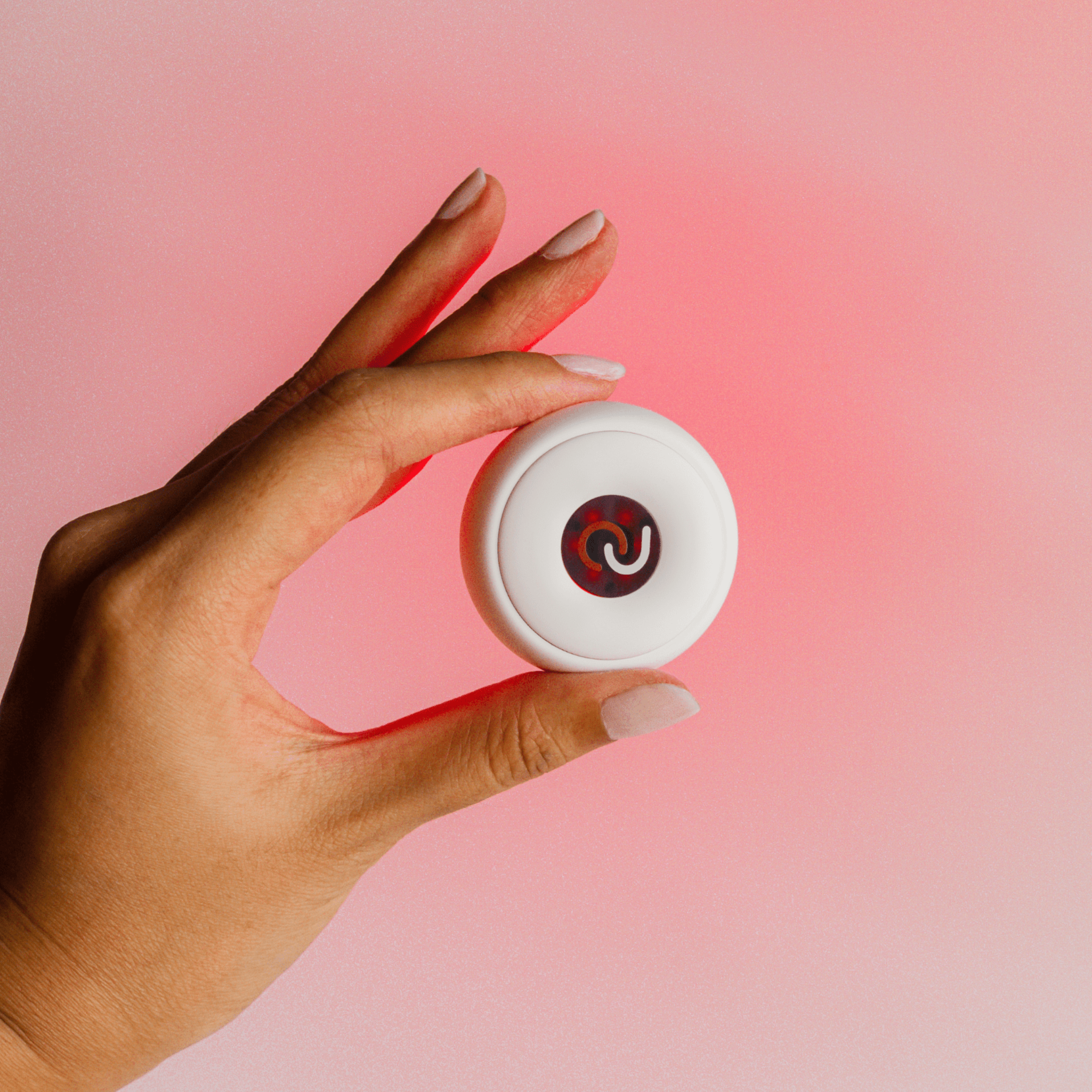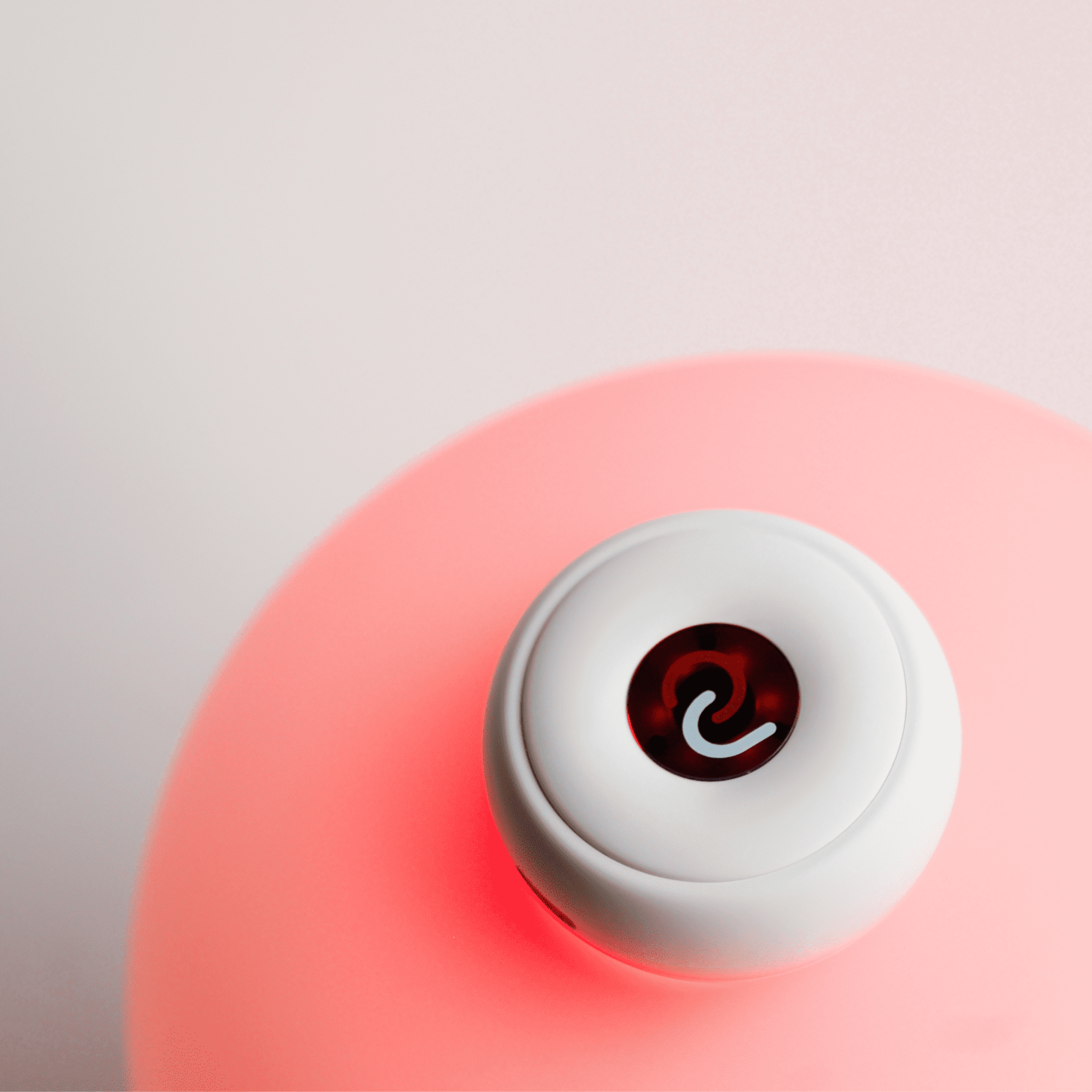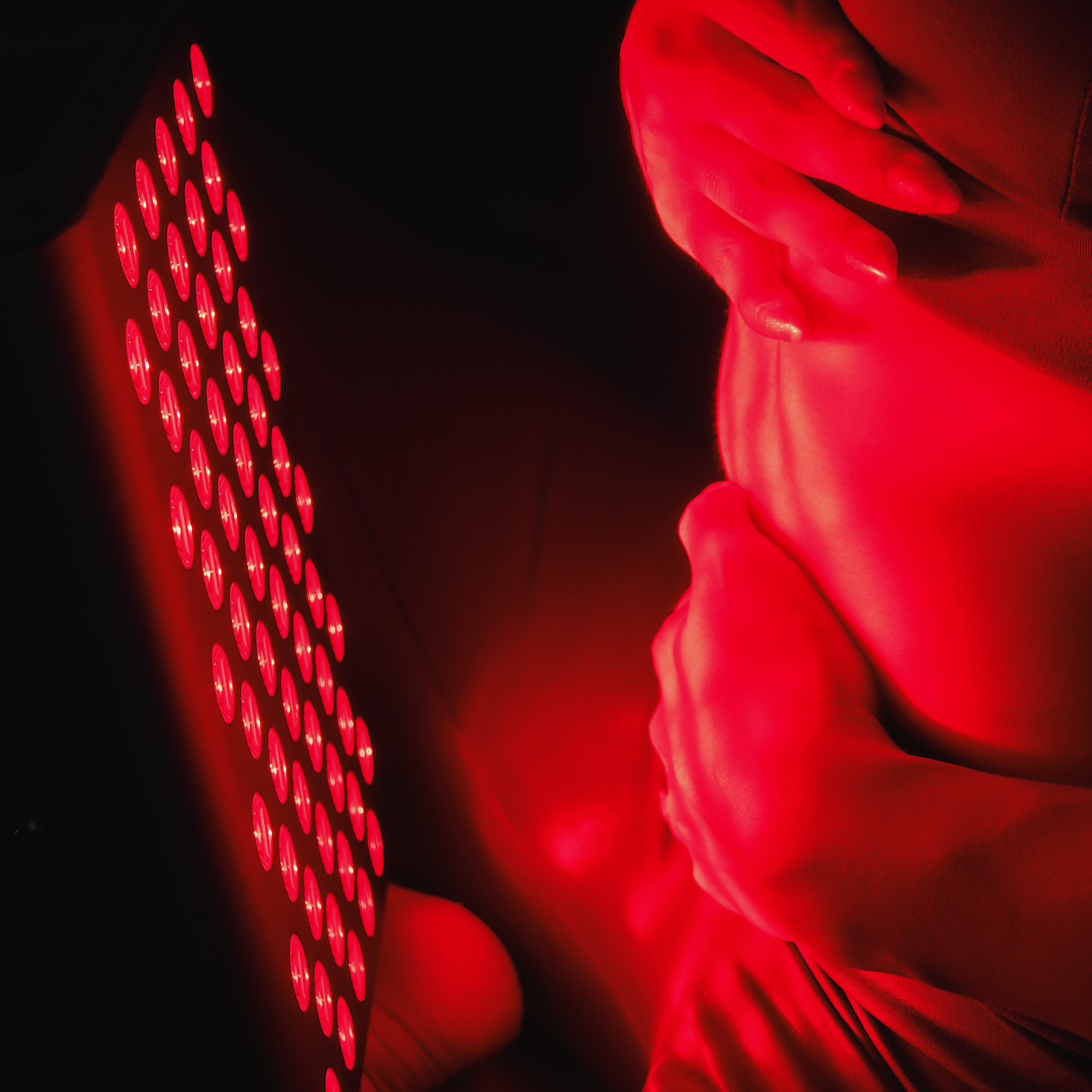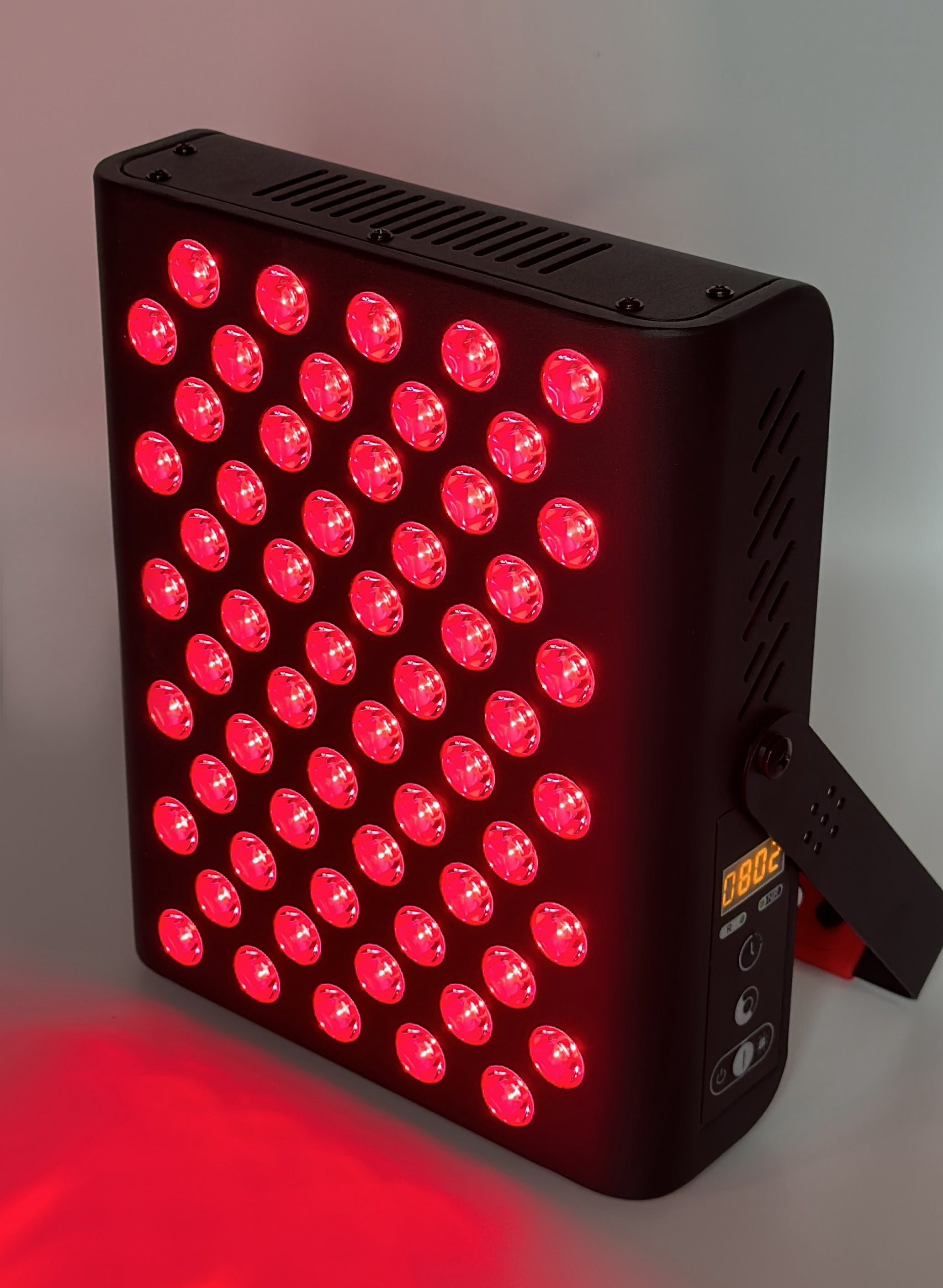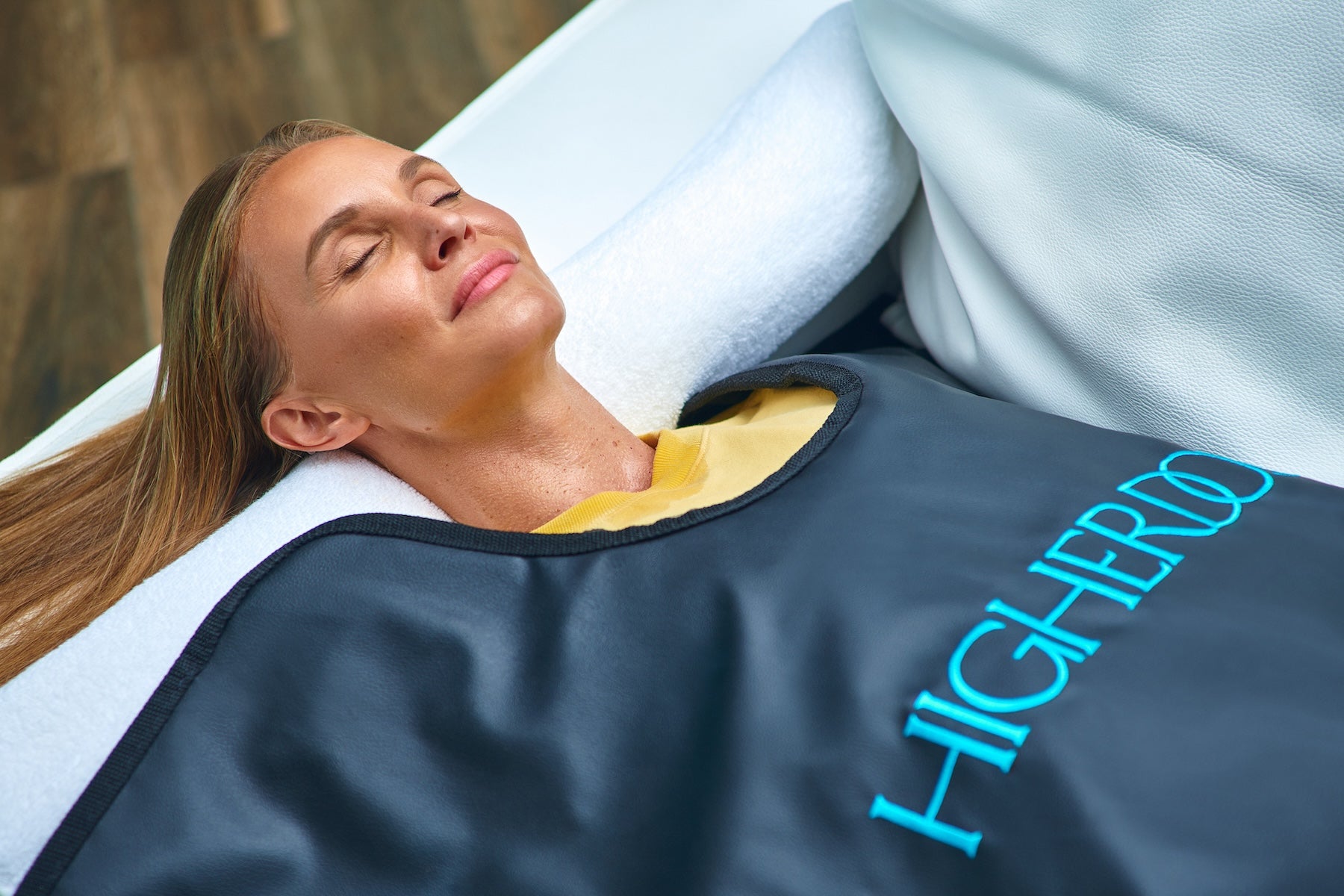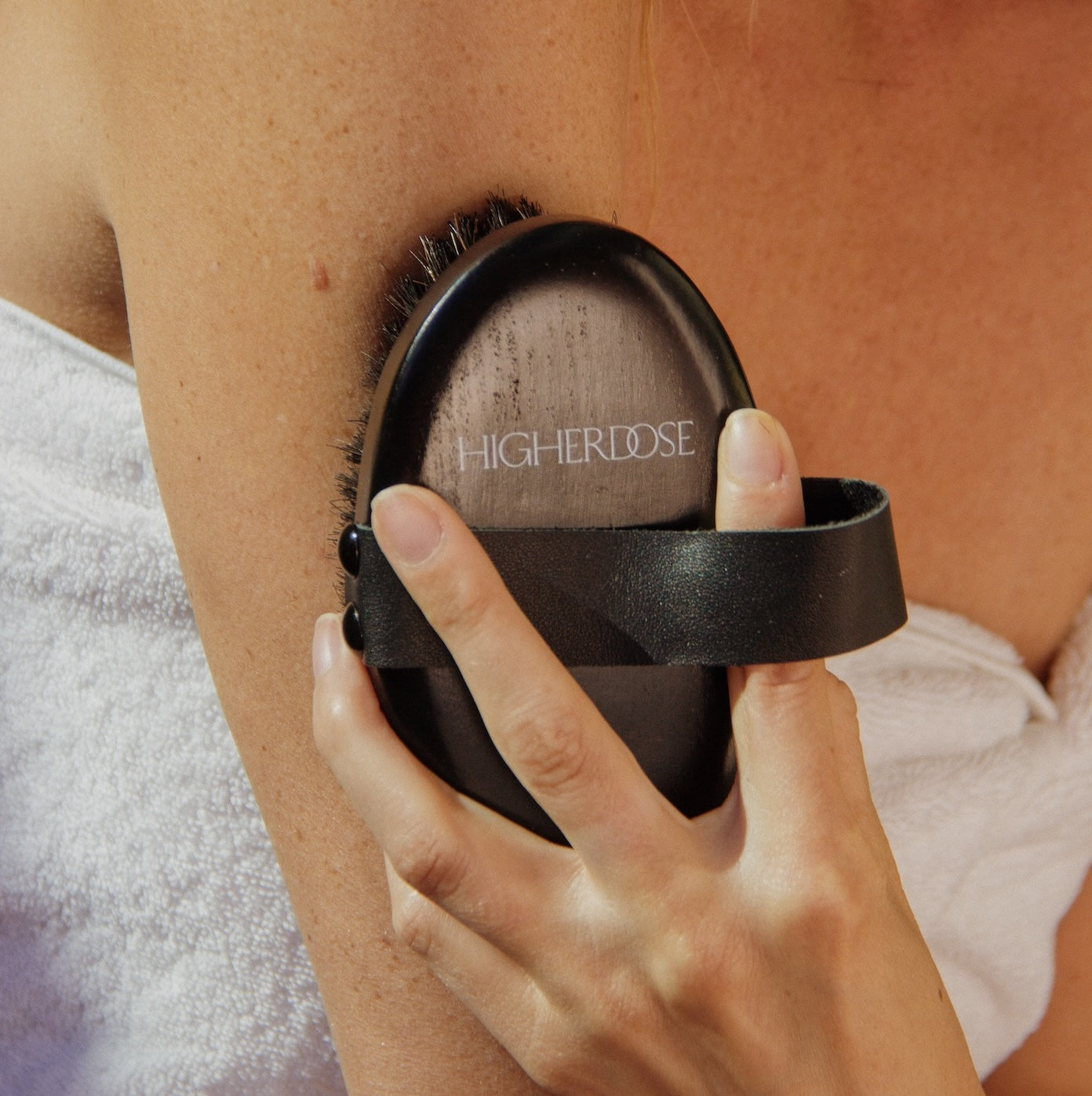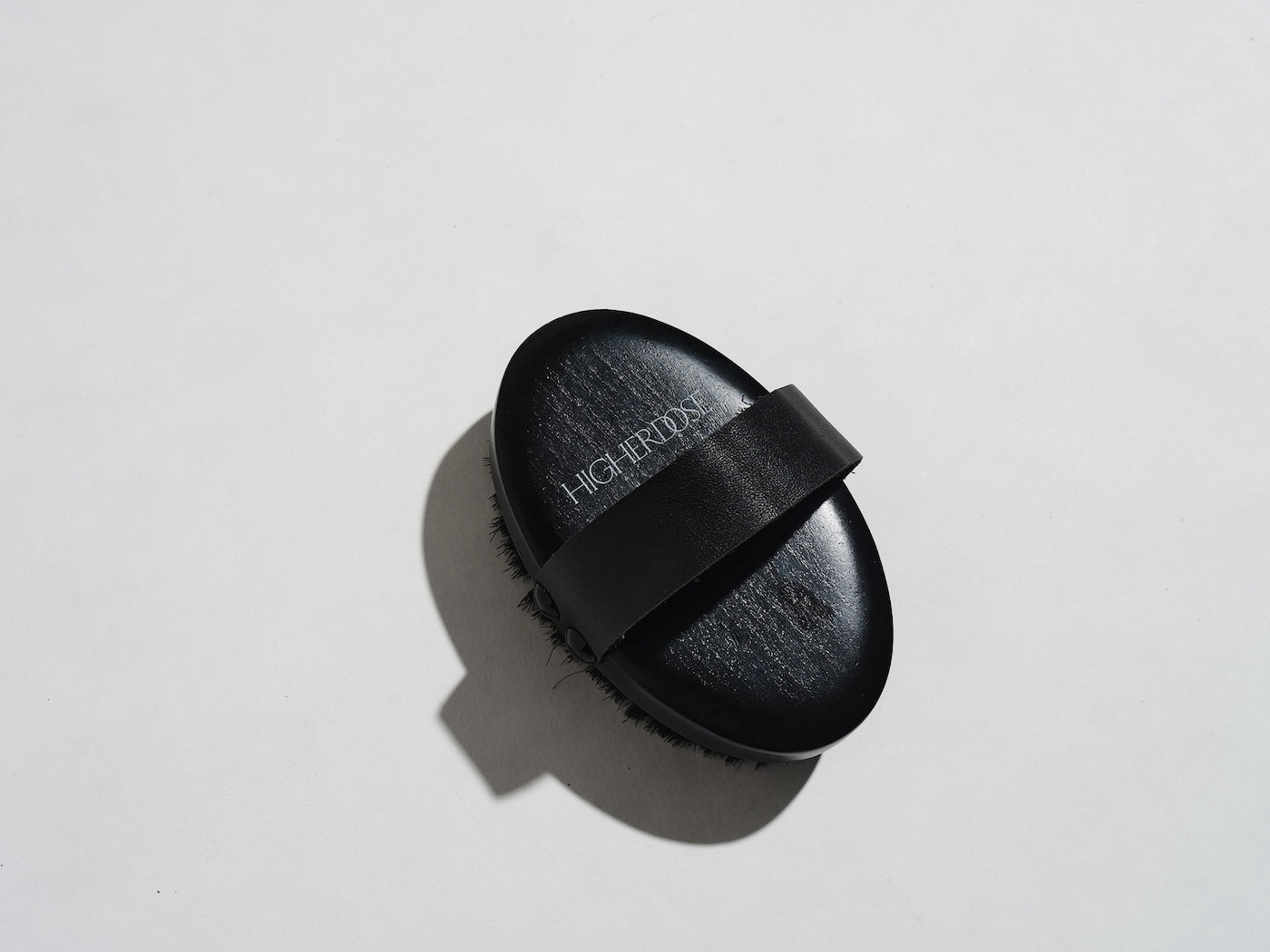The human body is a complex mechanism that works every moment to maintain balance and protect us from external and internal threats. However, this system is not immune to overload. One of the main signals that the body is facing difficulties is inflammation. While short-term inflammation is a healthy and necessary process that helps fight damage or infection, long-term inflammation becomes a serious problem. Scientific studies show that chronic inflammation is associated with more than 50% of chronic diseases diagnosed in the world, which has a significant impact on the quality of life and health systems around the world.
Inflammation can be caused by many reasons. One of the main ones is constant stress, which directly affects the immune system. Long-term fluctuations in stress hormones, such as cortisol, unbalance the body's resistance, so even minor injuries can provoke inflammation. According to WHO , more than 70% of adults experience constant stress, which directly contributes to inflammatory diseases, such as cardiovascular diseases or depression.
Another significant cause is poor nutrition. Processed foods, which are rich in sugar, trans fats, and chemical additives, cause inflammation because the body recognizes them as a potential “enemy.” In addition, micronutrient deficiencies, such as omega-3 fatty acids or antioxidants, only exacerbate this process. Research from the Harvard School of Public Health reveals that consuming processed foods increases the concentration of inflammatory markers, such as C-reactive protein (CRP), in the blood by as much as 38%.
The environment we live in is also a big factor. Air pollution, household chemicals, and even the ultraviolet rays that hit our skin every day cause oxidative stress and promote inflammation. The WHO estimates that more than 4 million premature deaths each year are linked to air pollution, which often causes respiratory inflammation and chronic lung disease.
Physical overexertion is no less important – from intense training to long working hours. An overexerted body has difficulty recovering, so inflammatory processes become long-term companions. A study in the American Journal of Physiology shows that constant physical overexertion without adequate rest can increase the concentration of inflammatory markers in the blood by up to 20%, especially if the exercise is too intense or not enough rest is provided.
As if that were not enough, infections and bacterial lesions are often the cause of inflammation. Even simple colds can trigger an immune system reaction that, if prolonged, becomes harmful. Over time, these processes are not limited to the affected part of the body - they begin to affect the entire body. This is called chronic inflammation, which no longer helps, but harms. The WHO emphasizes that chronic inflammation is one of the main reasons for the deterioration of quality of life and the decline in the workforce worldwide.
Why is inflammation dangerous?
When inflammation becomes chronic, the body experiences extreme stress. This “inflammation mode” affects cells, tissues, and even organs. Over time, inflammation becomes like an invisible threat that damages the body from the inside, even if we feel fine on the outside. Research shows that chronic inflammation is one of the main causes of many chronic diseases. Such as:
- heart disease, as inflammation promotes the formation of atherosclerotic plaques in blood vessels, increasing the risk of heart attack or stroke. The American Heart Association states that inflammatory processes are a major factor in 50% of heart disease cases;
- diabetes, because inflammation interferes with the action of insulin, causing blood glucose levels to become uncontrolled;
- mental illness, as inflammation directly affects brain function, increasing the risk of depression and cognitive impairment. Studies have shown that patients with higher levels of inflammatory markers in their blood are more likely to experience mood disorders;
- Cancer. Chronic inflammation has been shown to promote mutations in cells, which can eventually lead to malignant tumors.
How to manage inflammation?
To combat inflammation, you first need to understand its causes and eliminate them. Many people change their diet, choose less stressful lifestyle choices, exercise, or use medical treatments. However, not all of these solutions are long-term or easy to apply. This is where the latest technologies come to the rescue, offering innovative ways to reduce inflammation. One such method is red light therapy.
Red Light Therapy: Science-Based Help for Inflammation Management
Red light therapy is a non-invasive method that uses light of a specific wavelength to stimulate cells and tissues. The essence of this therapy lies in its ability to directly affect sources of inflammation and stimulate the body's regenerative processes.

Scientists have discovered that red (660 nm) and near-infrared (850 nm) light waves not only help tissues heal faster, but also suppress inflammatory markers such as cytokines. The therapy also improves blood circulation, promoting the distribution of oxygen and nutrients to tissues. This is especially useful not only in combating inflammation, but also in reducing pain or swelling caused by it.
Why is red light therapy becoming increasingly popular?
Red light therapy is growing in popularity for many reasons. First and foremost, it is a natural and safe method that does not require medications or invasive procedures. In addition, this therapy is easily integrated into daily routines when the right tools are chosen to suit individual needs and lifestyle.
Currently, there are various red light therapy solutions on the market: panels, lamps, face masks, belts or other devices that are designed for different areas of the body. However, it is important not only to choose the right device, but also to make sure that it is easy to use and adapt to everyday life. For example, devices that can be attached to the body or used while worn on the skin allow you to integrate therapy into work, rest or even training. For a larger area of lighting, there are options for hanging panels or lamps with horizontal and vertical stands.

It’s difficult to form a habit using inconvenient devices, so it’s recommended to choose solutions that fit your lifestyle. If the device easily finds a place in your home or daily routine – on your desk, next to your bed, or in your gym bag – there’s a greater chance that therapy will become a natural part of your life.
Most importantly, red light therapy is scientifically proven. Studies show that this therapy is effective in reducing inflammation, promoting cell renewal, improving blood circulation, and strengthening the body's resistance. In addition, it is a safe way to address health problems without requiring additional time or expense in medical facilities.
Red light therapy is not only an innovative solution, but also a tool that allows a person to live harmoniously, taking care of both health and quality of life. A properly selected device becomes a natural helper that does not need to be forced into a routine - it easily adapts to your lifestyle. This method proves that modern science can not only solve problems, but also be a subtle ally, helping to ensure better well-being every day.
Studies show that this therapy effectively reduces inflammation, promotes cell regeneration, improves blood circulation, and strengthens the body's resistance.
